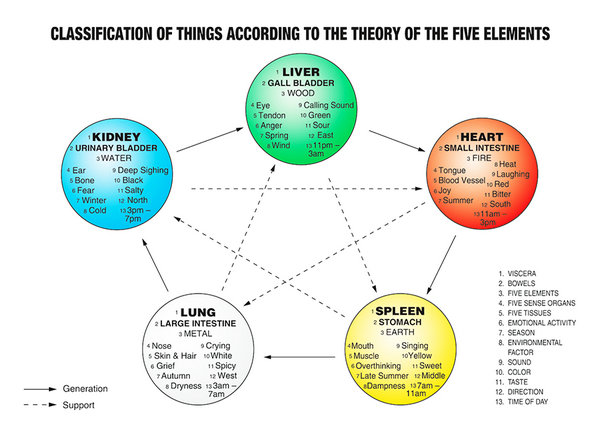A cherished health regime
The origin of Wu Xing Zhuang is often attributed to Lu Dongbin, a Tang Dynasty (618-907) Taoist priest. Lu is the most famous of the Eight Immortals in ancient Chinese legends known in every household.
Lu is widely deemed the founder of the Chunyang Sect of martial arts, a major branch of the Wudang Taoist kung fu, originating in Wudang Mountain, in Central China’s Hubei province. It is a widely accepted saying that the Taoist Wudang kung fu is rivaled only by the Buddhist Shaolin kung fu in the Chinese martial arts community.
Among the trademark Chunyang kung fu skills are Wudang tai chi, Wudang Chunyang (meaning pure yang) quan (meaning boxing), and Wudang Chunyang sword.
Lu is also regarded as the creator of a number of Taoist health and fitness regimes, including Wu Xing Zhuang (the five-elements exercise), Ba Bao Zhuang (the eight treasures exercise), Jiu Shi Tu Na Fa (the nine-stances breathing techniques), and Chunyang Da Gong (the supreme qigong exercise of the Chunyang Sect).
 |
|
This photo shows an English-language illustration of the wu xing theory.[Photo/tcmworld.org] |
For centuries, all these skills and methods had been upheld as tacit arts, circulating within the inner circles of devoted Taoist priests.
There had long existed a single-person inheritance tradition, where only one exceptionally talented Taoist disciple of a generation was entitled to carry on the entire scope of the skills and pass them down to next generation.
And this inheritor, most probably a male, had the responsibility to spot the individual among his disciples best qualified to inherit his knowledge and skills and pass them down to other generations.